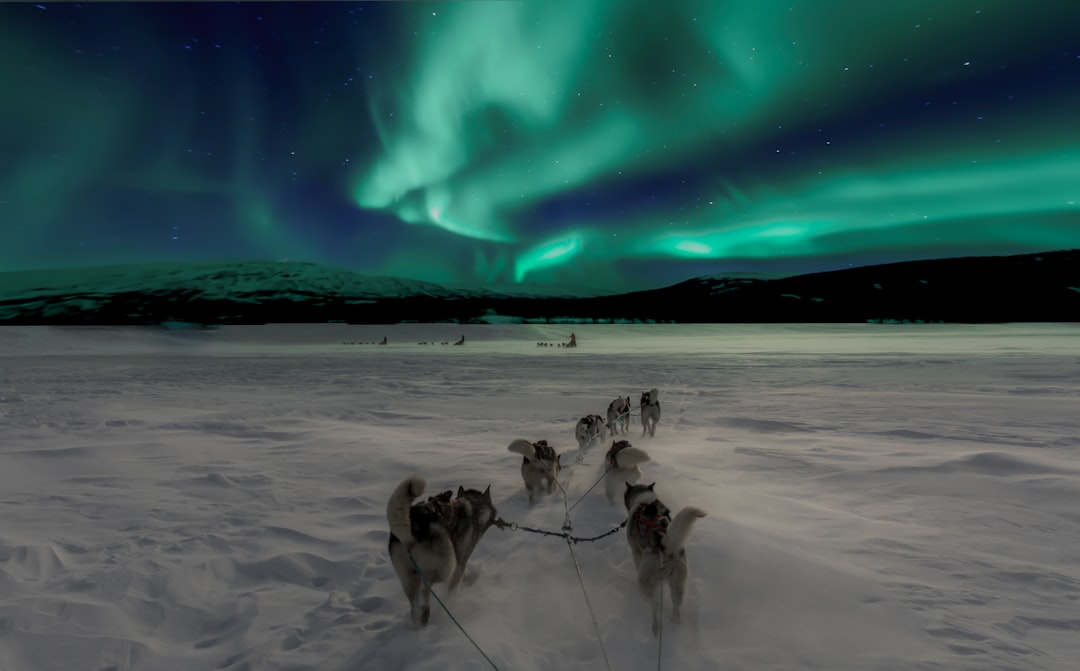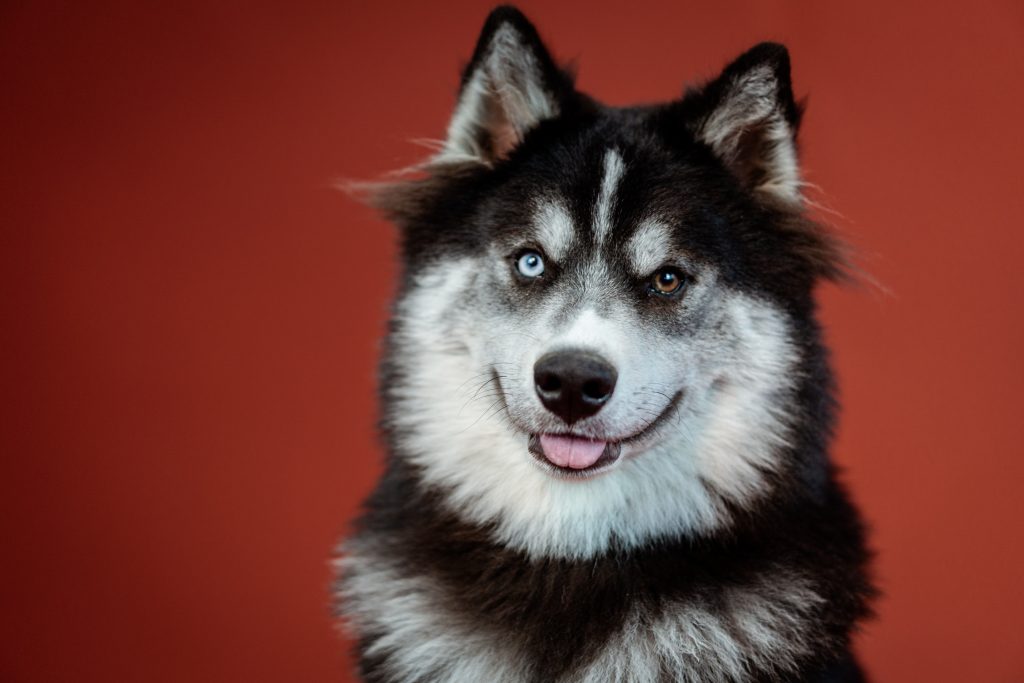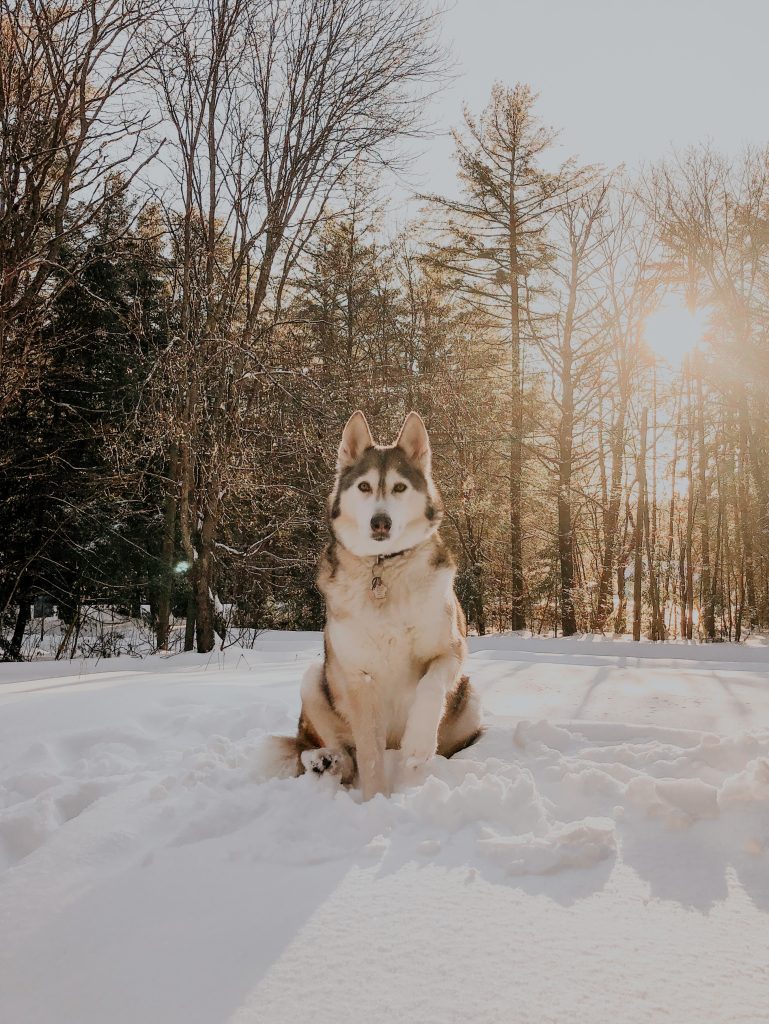The Enduring Legacy of Siberian Huskies: From Ancient Sled Dogs to Beloved Companions
The article provides a brief history and characteristics of Husky dogs, including their origins in North-East Siberia, arrival and popularity in North America, functional characteristics, influence and relation to other breeds, care requirements, and preservation efforts.
The Origins of the Siberian Husky
The Siberian Husky’s history is deeply rooted in the ancient lineage of sled dogs, dating back 4,000 years. These remarkable dogs were developed by the Chukchi people in North-East Siberia, who relied on them for survival in the challenging Arctic conditions and for pulling sleds over long distances. The selective breeding of the Siberian Husky over thousands of years resulted in a dog perfectly suited for the function for which they were developed. Their ability to thrive in extreme temperatures, work in teams, and peacefully coexist with humans and other dogs made them invaluable to the Chukchi people.
One fascinating aspect of the Siberian Husky’s history is the potential interbreeding with other local breeds to enhance their capabilities. This interbreeding likely contributed to the breed’s exceptional abilities and genetic diversity, making them resilient and well-adapted to their environment. The Siberian Husky’s development is a testament to the ingenuity and resourcefulness of the Chukchi people, who carefully cultivated a breed that remains highly prized and celebrated to this day.
Arrival and Popularity in North America
The arrival of Siberian Huskies in North America in 1908 marked a significant turning point in the breed’s history. Initially, they were underestimated, but their remarkable speed and endurance in races quickly dispelled any doubts about their capabilities. However, it was their heroic involvement in the Serum Run of 1925 that truly catapulted them into the limelight. The Siberian Huskies played a critical role in delivering life-saving serum to Nome, Alaska, during a diphtheria epidemic, showcasing their unwavering dedication and resilience in the face of extreme conditions.
This momentous event not only saved numerous lives but also garnered widespread recognition and admiration for the breed, particularly in the lower 48 states. The courageous efforts of the Siberian Huskies during the Serum Run of 1925 not only solidified their reputation as exceptional sled dogs but also captured the hearts of people around the world. As a result of these extraordinary achievements, the American Kennel Club officially recognized the Siberian Husky as a breed in 1930, further cementing their place in history and acknowledging their exceptional abilities. This official recognition was a testament to the breed’s enduring impact and its vital role in shaping the sled dog landscape in North America.
Functional Characteristics
The functional characteristics of the Siberian Husky are deeply rooted in their ancient lineage, dating back 4,000 years, and the purpose for which they were developed by the Chukchi people in North-East Siberia. The selective breeding over centuries has honed their physical attributes and temperament to make them perfectly suited for the challenging tasks they were bred to perform.
For example, the Siberian Huskies were specifically bred to withstand the harsh Arctic conditions and pull heavy sleds over vast distances. Their thick double coat, consisting of a dense undercoat and a longer, protective topcoat, provides insulation against sub-zero temperatures, while their well-muscled bodies and strong limbs enable them to cover long distances with relative ease. These physical attributes are a direct result of the deliberate breeding efforts by the Chukchi people to create a dog capable of enduring the extreme conditions of the Arctic environment.
Furthermore, the Chukchi’s sled dogs were required to exhibit exceptional temperament traits, such as being gentle and trustworthy around humans, working harmoniously in a team, and even sharing living spaces with children. This unique combination of physical robustness and a gentle, sociable nature sets the Siberian Husky apart as a truly remarkable breed, perfectly suited for the demanding tasks it was originally bred to perform. Their functional characteristics have not only made them invaluable sled-pullers but have also endeared them to countless families around the world as beloved companions, showcasing their incredible versatility and adaptability.
 Influence and Relation to Other Breeds
Influence and Relation to Other Breeds
The Siberian Husky’s heritage is rich with historical significance and genetic lineage, closely linking them to the Alaskan Malamute and wolves. This genetic relation positions them as one of the 14 “ancient breeds” of domesticated dogs, highlighting their deep-rooted history and unique attributes.
Moreover, the Siberian Husky’s involvement in the Klondike Gold Rush marked a significant turning point in the popularization of sled dog racing. This historical event not only showcased their exceptional endurance and speed but also influenced the development of other related breeds, solidifying their status as exceptional working dogs with a significant historical legacy. For instance, the role of Siberian Huskies in this period not only elevated their prominence but also contributed to the broader narrative of working dogs and their impact on human history.
The Siberian Husky’s influence and relation to other breeds extend beyond their genetic ties, encompassing their historical significance, and contributions to the world of sled dog racing, making them a breed deeply ingrained in the annals of working dog history.
Care Requirements and Considerations
Taking care of a Siberian Husky involves more than just providing the basics of food and shelter. These magnificent animals have specific needs that must be met to ensure their well-being. Siberian Huskies are known for their high energy levels and require at least one to two hours of exercise daily to keep them physically and mentally stimulated. This can include activities such as long walks, runs, or engaging in interactive play sessions. Without adequate exercise, these dogs may become bored and resort to destructive behavior as a means of releasing their pent-up energy.
In addition to exercise, grooming is an essential part of Siberian Husky care. Their thick double coat requires weekly brushing to prevent matting and to remove loose fur. While they are known for their fastidious self-cleaning nature, regular grooming also helps to minimize shedding and keep their coat healthy. Baths are only necessary a few times a year, unless they get particularly dirty, as their coats have natural oils that help repel dirt and odors. It’s crucial to understand and commit to these grooming routines to keep a Siberian Husky’s coat in optimal condition.
Moreover, Siberian Huskies are cold-weather dogs and are prone to overheating in hot conditions. It’s important to provide them with a cool and shaded environment, especially during the warmer months. Additionally, these dogs are quite vocal and are known for their expressive howls, chirps, and “woos.” Understanding and appreciating their vocal nature is an integral part of caring for them. This includes recognizing when they are vocalizing out of excitement, anxiety, or to communicate their needs, and responding accordingly to foster a strong and trusting bond between the owner and the dog.
Preservation Efforts
The Siberian Husky Club of America, Inc. has been at the forefront of preserving the rich history and integrity of the Siberian Husky breed. This organization has actively promoted the breed through various educational initiatives, events, and activities, ensuring that the unique characteristics and historical significance of the Siberian Husky are celebrated and safeguarded for future generations to cherish and enjoy. For example, the club has organized breed-specific events such as sled dog races, educational seminars, and informational sessions, allowing enthusiasts to learn about the breed’s heritage and its remarkable capabilities in various settings.
In addition to promoting the breed, these organizations have also been instrumental in advocating for responsible ownership and ethical breeding practices. They have established guidelines and standards to ensure that Siberian Huskies are cared for in a manner that preserves their well-being and welfare. By providing resources, support, and guidance to owners, breeders, and enthusiasts, these organizations have played a vital role in maintaining the breed’s health, temperament, and overall quality of life. Furthermore, the Siberian Husky Club of America, Inc. has actively collaborated with veterinary professionals and researchers to address health considerations specific to the breed, offering valuable insights and recommendations to ensure the well-being of Siberian Huskies.



